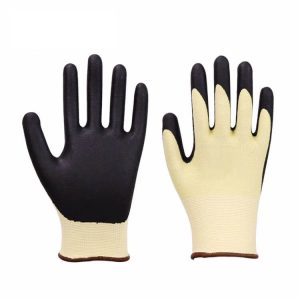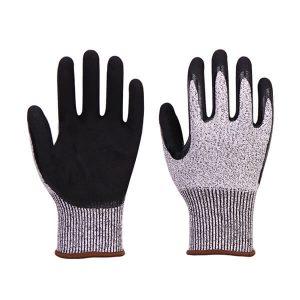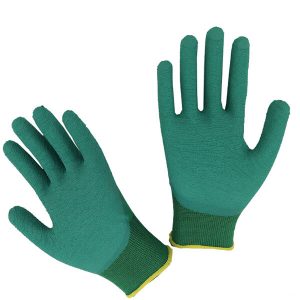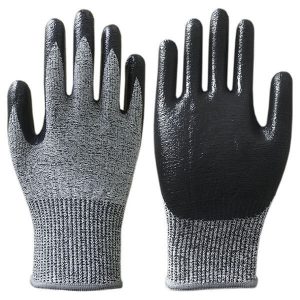Before we can make the right choice of protective gloves, we first need to understand why we need to protect our hands and the hand injury types. Hands are the most frequently used part of our daily life, which is not only involved in our work but also closely related to our quality of life. Therefore, it is very important to protect your hands from injuries.
Why do you need hand protection?
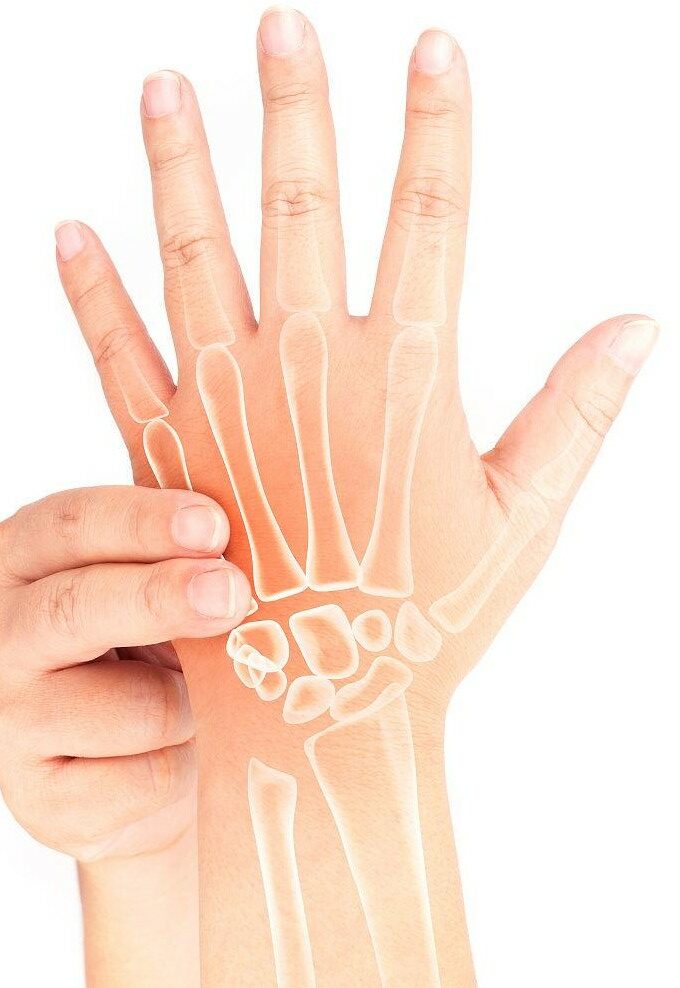
The hand is one of the finest and densest organs in the human body. It consists of 27 bones, accounting for 1/4 of the total human bones, and the distribution and organization of muscles, blood vessels, and nerves are extremely amazingly complex. The length of capillaries per square centimetre on the fingertips can reach several meters.
Nerves Thousands of tips. These fine neural networks can make us perceive cold, heat, pain, etc. within a few microseconds, and can even feel the vibration with an amplitude as small as the hair. From the day of birth, the hand has not stopped moving. By the end of life, the hand can move 250 million times on average. However, we often overlook the importance of the hand and neglect its proper protection, so among all types of work-related injuries that are incapacitated, hand injuries account for 20%. This shows that the correct selection and use of protective gear are necessary.
Hand Injury Types:
The types of hand injury can be divided into three categories in large aspects.
- Traumatic trauma: This kind of hand injury is caused by mechanical reasons to the bone, muscle or tissue, structure, from severely broken fingers, and bone fractures to minor flesh injuries. If you use a tool with sharp parts and manipulate some large machinery or instruments with a knife or a pointed tip, it will cause cuts in your hands, etc .; handling, using spindles, nails, screwdrivers, chisels, wire, etc. will hurt your hands; Sprained, crushed, or even rolled off fingers in rolling machinery.
- Damages such as contact dermatitis are mainly injuries to the skin of the hands. Lighter, dry skin, peeling, itching, severe redness, blisters, herpes, scarring, etc. The cause of this type of injury is long-term exposure to acid and alkali aqueous solutions, detergents, disinfectants, etc., or exposure to more toxic chemicals and biological substances, and electrical shock, low-temperature frostbite, high-temperature burns, and flame burns.
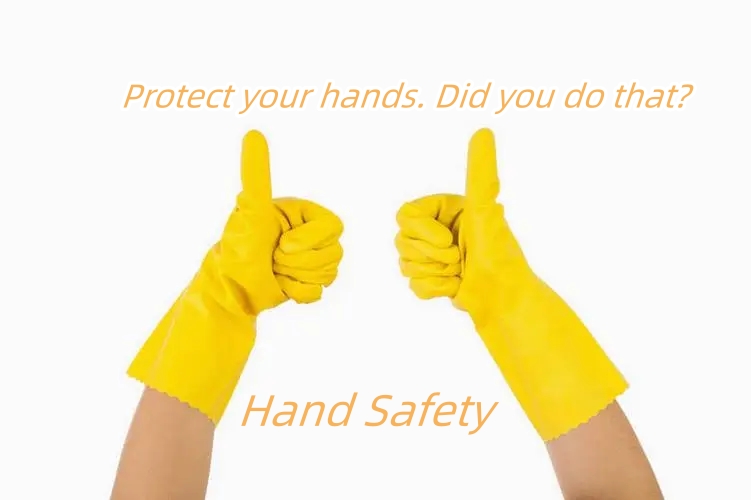
3. Long-term manipulation of hand-held vibration tools, such as chain saws, rock drills, electric hammers, and pickaxes, such as arm jitter syndrome and white finger syndrome, can cause such hand injury. The vibration of the hand with the tool for a long time will also cause damage to the blood circulation system, and white finger syndrome will occur. This can happen easily, especially in wet and cold environments. Due to poor blood circulation, hands become pale and numb. If the sensory nerve is injured, the sensitivity of the hand to temperature will be reduced, the touch will fail, and permanent numbness may result.
The material of the gloves is based on various hazards in the working environment. You can choose different types of gloves, such as chemical-resistant gloves for chemical substances, insulating gloves for electrical hazards, high- and low-temperature gloves for high and low- low-temperature operations, and cutting operations. Anti-cut gloves, anti-vibration gloves for vibration operations, etc. The material of the gloves determines the protective performance of the gloves, which is the basis for the selection of gloves.
To summarize, it is important to protect your hands from hand injury, and understanding the types of hand injury is key to choosing the right protective gloves. By understanding the different types of injuries and choosing the right protective gloves, we can effectively protect hand health and work safety. Let’s work together to focus on hand health and create a safer work environment!
Proper Selection Of Protective Gloves–(2) Different Material Of Gloves

